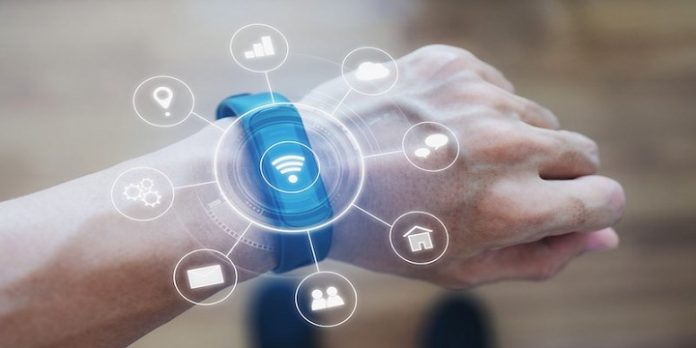Fresh off its recent Augmented Reality (AR) kick, Facebook Labs has revealed plans to curate this AI software for wearable devices. Projected as a shorter-term goal than the previously announced AR glasses, this wrist-based input also uses AI to predict user needs, such as what you want to do and when you want to do it.
This technology learns from the wearer’s environment and daily routine, incorporating soft robotics related to Facebook’s renowned haptic glove research. Also similar to the AR glasses, these wearable devices are meant to save users the necessity to constantly check their mobile phones. As always, these devices would come implemented with solid safety and privacy policies in mind to ensure user trust and security.
In fact, Facebook Reality Labs (FRL) has chosen the wrist as the location for this technology for purposes of privacy. If the wearer can activate the device in a way that avoids other people eavesdropping or interference such as background noise, this enhances the sense of security. Moreover, keeping the device on the user’s person allows for less of a barrier between human and technology.
As the hands remain the primary means by which most humans interact with their surroundings, the wrist provides an ideal location in terms of accessibility. This way, the device can cover all bases such as antennas, battery and compute in support of a multitude of sensors.
In order to ensure clear input, the technology will include an electromyography (EMG) solution. EMG allows signals from the nerves of hands and fingers to flow into a wearable device, thus helping the device to anticipate a user’s intended movements. Eventually, as the AI continues to learn the behaviours of the device’s wearer, the AR may even come to detect the very intention to move a finger.
In a nutshell, Facebook Reality Labs (FRL) intends this technology as more of a way to support users in interacting directly with their devices as opposed to developing the devices to read human minds.
After all, while people have many thoughts at any given time, the technology will only sense those thoughts that we turn into actions. Overall, these signals stand to provide a faster means of communication than currently available with the click of a mouse, song selection on a mobile phone or typing on a laptop keyboard.
Initially, the devices will only work off of user clicks. Down the road, however, FRL aims to make it possible for wearers to actually move virtual objects with a flick of their wrist.









